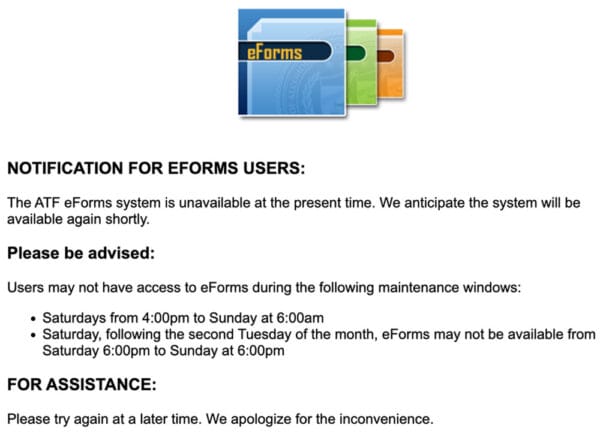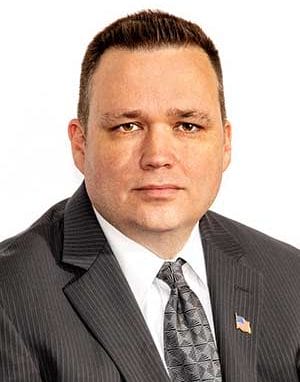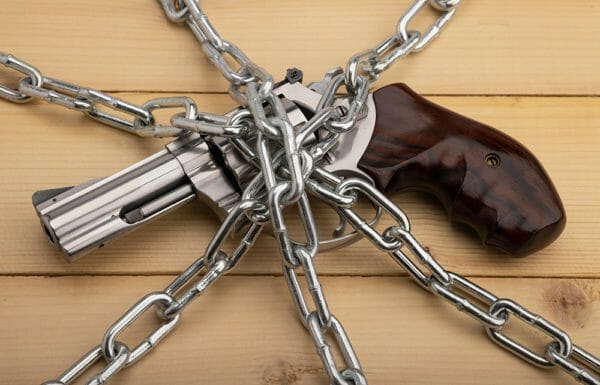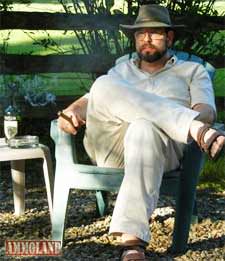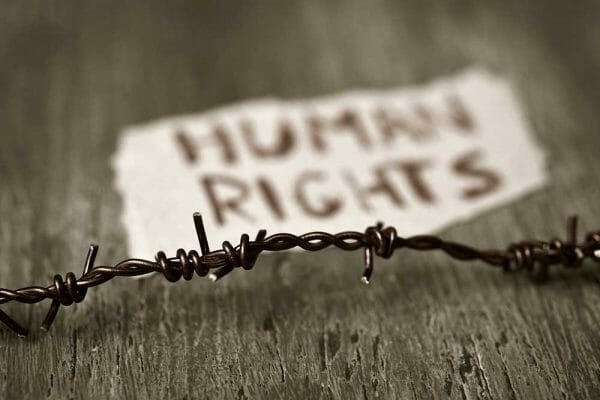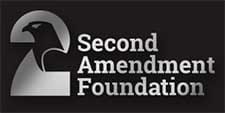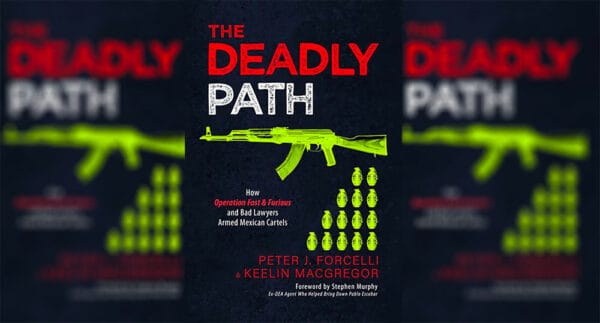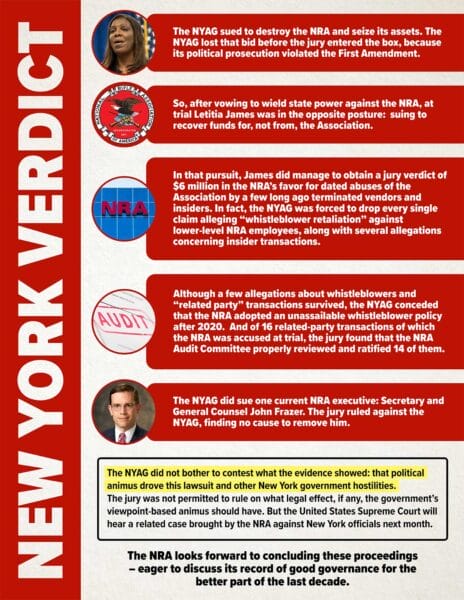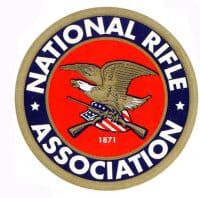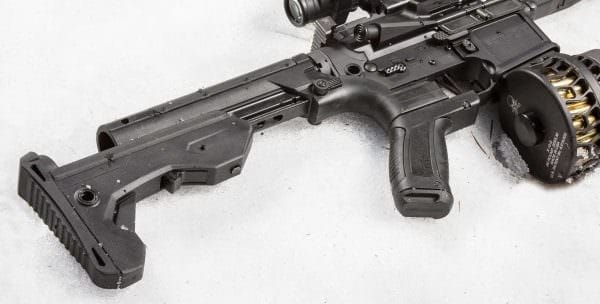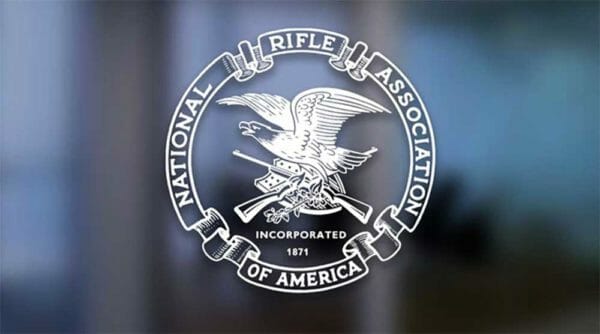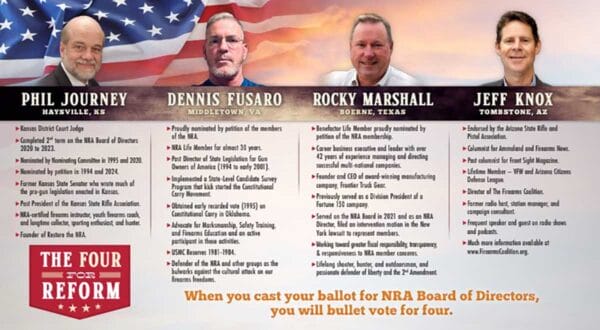
There were 648 mass shootings in 2020, according to the Gun Violence Archive. Everytown claims there were 636, but the FBI says there were 50. Four additional groups have their own data. None of it agrees.
Clearly, the gun-ban industry has figured out that by offering mass shooting data sets – regardless of their accuracy – it will increase mentions by the legacy media. In fact, the more wildly inflated their numbers, the more likely their group will be cited in news stories, which leads to increased fundraising.
There are two reasons for the large discrepancies in the groups’ findings: how they define a mass shooting and how they gather the data. The Gun Violence Archive has the least realistic definition and the shoddiest collection methods. The GVA defines a mass shooting as any time four or more people are even slightly wounded by gunfire. The group doesn’t rule out shootings that evolve from a domestic dispute or those that are gang-related. The GVA gathers data from spurious sources, such as social media and cable TV news. As a result, the GVA leads the pack in terms of media mentions. They have even been cited by the Biden-Harris administration.
Most Americans would be shocked at the type of incidents these groups classify as mass shootings. Most understand what comes to mind when you hear the term – a deranged monster stalking the halls of a school, shopping mall, or house of worship, randomly executing innocent people. Most do not picture two gang members shooting it out over turf, a maniac turning a gun on their family members, or a drug deal gone bad.
What follows is an examination of the groups that promote mass shooting data, starting with the FBI, which many consider the only trustworthy data repository.
The Federal Bureau of Investigation
The FBI says there were 50 mass shootings in 2020. They use what has been called the “gold standard” of mass shooting definitions.
According to their new report titled: “Active Shooter Incidents in the United States in 2020,” the FBI defines active shootings as:
- Shootings in public places
- Shootings occurring at more than one location
- Shootings where the shooter’s actions were not the result of another criminal act
- Shootings resulting in a mass killing
- Shootings indicating apparent spontaneity by the shooter
- Shootings where the shooter appeared to methodically search for potential victims
- Shootings that appeared focused on injury to people, not buildings or objects
Shootings were excluded from the FBI’s list if they were the result of:
- Self-defense
- Gang violence
- Drug violence
- Contained residential or domestic disputes
- Controlled barricade/hostage situations
- Crossfire as a byproduct of another ongoing criminal act
- An action that appeared not to have put other people in peril
Everytown for Gun Safety
Everytown says there were 648 mass shootings in 2020. According to their website, Everytown acknowledges there were problems with their original definition but then admits they use the same definition as the Gun Violence Archive.
“When Everytown began tracking mass shootings after the killings at Sandy Hook Elementary, there was no common definition of a mass shooting. In earlier versions of this report, Everytown defined a mass shooting as any incident in which four or more people were killed, excluding the shooter. Since then, research and news coverage of these tragic events has expanded greatly, but the question of how to best define a mass shooting remains unsettled. Different definitions result in different counts of mass shooting incidents—ranging from roughly a dozen per year to nearly two mass shootings every day—and encompass different causes of gun violence,” Everytown’s website states. “We now define a mass shooting as any incident in which four or more people are shot and wounded or killed, excluding the shooter. In this report, Everytown adopts a definition informed by the common understanding of mass shootings increasingly accepted by most US residents and chosen by many major news outlets and the Gun Violence Archive, the source of much of the data in this report.”
USA Today, Associated Press, and Northeastern University.
USA Today, Associated Press, and Northeastern University say there were 42 mass shootings in 2020. These groups admit their definition is much narrower than the GVA’s, and includes additional information, such as descriptions of the weapons used.
“Over the past decade, USA TODAY, along with Northeastern University and The Associated Press, has been tracking all mass killings in the United States. When it comes to gun violence, our database is narrower than some tracking sites, such as the Gun Violence Archive, that include shootings that injure large numbers of people but kill no one. However, our database is broader in other ways. It includes every mass killing since 2006 from all weapons in which four or more people, excluding the offender, were killed within a 24-hour time frame. The database also includes dozens of variables on each incident, offender, victim, and weapon,” the groups state.
The Gun Violence Archive
The Gun Violence Archive says there were 648 mass shootings in 2020. The GVA says mass shootings “have a minimum of four victims shot, either injured or killed, not including any shooter who may also have been killed or injured in the incident.”
In a previous interview with the Second Amendment Foundation, GVA’s co-founder and executive director, Mark Bryant, defended his group’s overly broad and all-inclusive definition.
“It doesn’t parse,” he said. “It gives an accurate picture of the number of times more than four people were shot, whether in a drive-by or a shooting at a rap concert or a country music concert.”
If his higher numbers are misleading the public or being misinterpreted by journalists, it’s not his fault, Bryant claimed. He believes his numbers are fair. “I do, but I think it’s also up to the journalist and the reader to have a better understanding of what the data says. When a journalist uses the mass-shooting numbers as their lead, they’re not looking at the whole situation.”
Bryant deflected blame for the media’s overhyping and misuse of his data.
“If the numbers are misleading, the journalist didn’t do their homework, you could make that argument,” he said. “The media zeroes in on it, not us. At one point we wanted to take mass shootings out of the loop, but the phone started ringing on a daily basis. It’s important to me that we’re not misinterpreted. We’re not anti-gun. Look at our staff, over half are gun owners. I intentionally do not hire from the (Gun Violence Prevention) community. I want researchers – period. We wanted to have an honest set of data, and you can use it how you want.”
Related: There Were 77 School Shootings In January – Or Were There?
Bryant’s claims that he is not anti-gun don’t hold up. He has lobbied for stricter gun control.
In 2018, he coauthored a guest column for the Los Angeles Times titled: “Op-Ed: We have all the data we need: Stronger gun laws would save lives.” The column was coauthored with Devin Hughes, founder of GVPedia, which, according to its website, is a “project created to provide ready access to academic research and high-quality data on gun violence.”
In their column, Bryant and Hughes called for more anti-gun legislation, stating: “More guns mean more crime and more death. Gun possession significantly increases your risk of being killed by someone you know. A gun in the home doubles your risk of homicide and triples your risk of suicide. The presence of a gun increases the lethality of domestic violence. Areas with higher gun ownership see a significant increase in burglary. And states with higher levels of gun ownership experience higher rates of firearm fatalities.”
Bryant told the Second Amendment Foundation he also supports restricting standard-capacity magazines.
“I think magazine capacity is an issue that should be addressed. You don’t need 30-round mags or a 60-round drum,” he said. “While they are great ‘get off’ tools, they’re part of a hobby, not part of the Second Amendment.”
Mother Jones
Mother Jones magazine says there were 12 mass shootings in 2020. They use a very strict, very narrow definition:
- The perpetrator took the lives of at least four people. A 2008 FBI report identifies an individual as a mass murderer—versus a spree killer or a serial killer—if he kills four or more people in a single incident (not including himself), typically in a single location. (*In 2013, the US government’s fatality baseline was revised down to three; our database reflects this change beginning from Jan. 2013, as detailed above.)
- The killings were carried out by a lone shooter. (Except in the case of the Columbine massacre and the Westside Middle School killings, which involved two shooters.)
- The shootings occurred in a public place. (Except in the case of a party on private property in Crandon, Wisconsin, and another in Seattle, where crowds of strangers had gathered, essentially constituting a public crowd.) Crimes primarily related to gang activity or armed robbery are not included, nor are mass killings that took place in private homes (often stemming from domestic violence).
- Perpetrators who died or were wounded during the attack are not included in the victim tallies.
- We included a handful of cases also known as ‘spree killings’— cases in which the killings occurred in more than one location, but still over a short period of time, that otherwise fit the above criteria.
Violence Prevention Project
The Violence Prevention Project says there were seven mass shootings in 2020. They focus on “mass public shootings” as defined by the Congressional Research Service:
“A multiple homicide incident in which four or more victims are murdered with firearms—not including the offender(s)—within one event, and at least some of the murders occurred in a public location or locations in close geographical proximity (e.g., a workplace, school, restaurant, or other public settings), and the murders are not attributable to any other underlying criminal activity or commonplace circumstance (armed robbery, criminal competition, insurance fraud, argument, or romantic triangle).”
“Any cut point is arbitrary, but this remains a widely agreed-upon standard,” the Violence Prevention Project states. “Further, the number of deaths is the strongest predictor of media coverage, which we use to help build our database.”
Mass Shooting Tracker
The Mass Shooting Tracker did not have 2020 data available. Their data for 2024 states that there have been 73 mass shooting so far this year, which resulted in 126 people killed and 240 wounded.
Their data, the group says, is “compiled by an independent all-volunteer group based out of Reddit.” This group disputes the FBI’s definition.
“The current FBI definition of mass murder, commonly accepted by the media as a proxy for ‘mass gun violence,’ is three or more people murdered in one event. We believe this does not capture the whole picture. Many people may survive a shooting based on luck alone. Some may be left with lifelong disabilities and trauma, but the mainstream definition of mass gun violence does not account for this,” the group states, adding, “Our definition is this: a mass shooting is an incident where four or more people are shot in a single shooting spree. This may include the gunman himself, or police shootings of civilians around the gunman.”
Takeaways
The Mass Shooting Tracker had zero media mentions in the past 30 days. Mother Jones and Everytown were each mentioned twice. Mass shooting data sets from USA Today, The Associated Press and Northeastern University were mentioned three times by media outlets. The Violence Prevention Project data garnered 10 media mentions. However, the Gun Violence Archive was mentioned more than 30 times over the past month, along with scores of posts on Facebook and X.
It is crystal clear that when it comes to coverage of mass shootings, the more inflated the data, the more the legacy media will lap it up.
This story is presented by the Second Amendment Foundation’s Investigative Journalism Project and wouldn’t be possible without you. Please click here to make a tax-deductible donation to support more pro-gun stories like this.
About Lee Williams
Lee Williams, who is also known as “The Gun Writer,” is the chief editor of the Second Amendment Foundation’s Investigative Journalism Project. Until recently, he was also an editor for a daily newspaper in Florida. Before becoming an editor, Lee was an investigative reporter at newspapers in three states and a U.S. Territory. Before becoming a journalist, he worked as a police officer. Before becoming a cop, Lee served in the Army. He’s earned more than a dozen national journalism awards as a reporter, and three medals of valor as a cop. Lee is an avid tactical shooter.
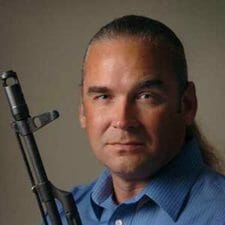
from https://ift.tt/ZSr0cOL
via IFTTT

